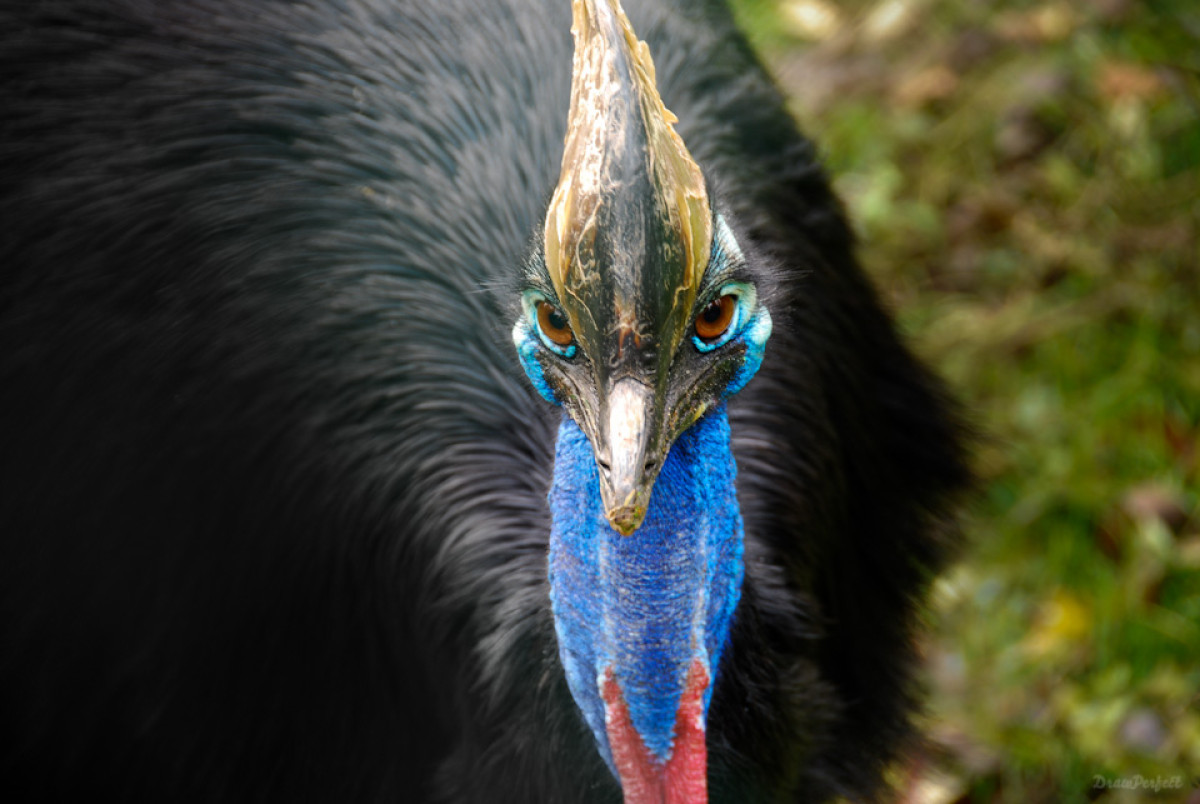Our rainforest restoration efforts in partnership with Rainforest Rescue in Far North Queensland are progressing well, laying the foundation for the return of wildlife to this vital habitat, including the endangered Southern Cassowary.
The site, a degraded former airstrip within the Daintree, is being transformed into a functioning ecosystem. Here’s what’s been achieved so far:
🌱 16,972 native trees planted across 4.5 hectares, with another 5,000 to go.
🌿 90% plant survival rate, with some species now over 4 meters tall
🍇 Early fruiting species like Premna serratifolia already attracting birds
📷 Wildlife monitoring underway via motion-sensor camera traps and field tracking
🦅 Return of key species including birds, dingoes... and confirmed cassowary activity!
We’re thrilled to share that a cassowary mating pair was recently observed on-site, and cassowary scat was found in one of the first planting plots. These sightings signal that the revegetated corridor is already being used by the species it was designed to support.

While the results so far are encouraging, managing threats is ongoing.
Feral pigs have been seen on the property; temporary low-voltage fencing has been installed to protect young trees
Cane toad activity is being monitored; pheromone traps have been deployed in wetter zones
Ongoing surveillance helps us respond quickly and adaptively to any emerging risks
This project is not just about tree planting, it’s about long-term ecological recovery. Monitoring efforts are building a vital dataset to track how wildlife responds to restored habitats, and how we can continue to improve outcomes over time.
Photos: Ari transporting seedlings, and Hayden undertaking planting work at the site. (Credit: Rainforest Rescue)

Learn more about the project
Follow our cause in saving Australia's endangered wildlife, and receive newsletter updates on our latest projects and successes.
